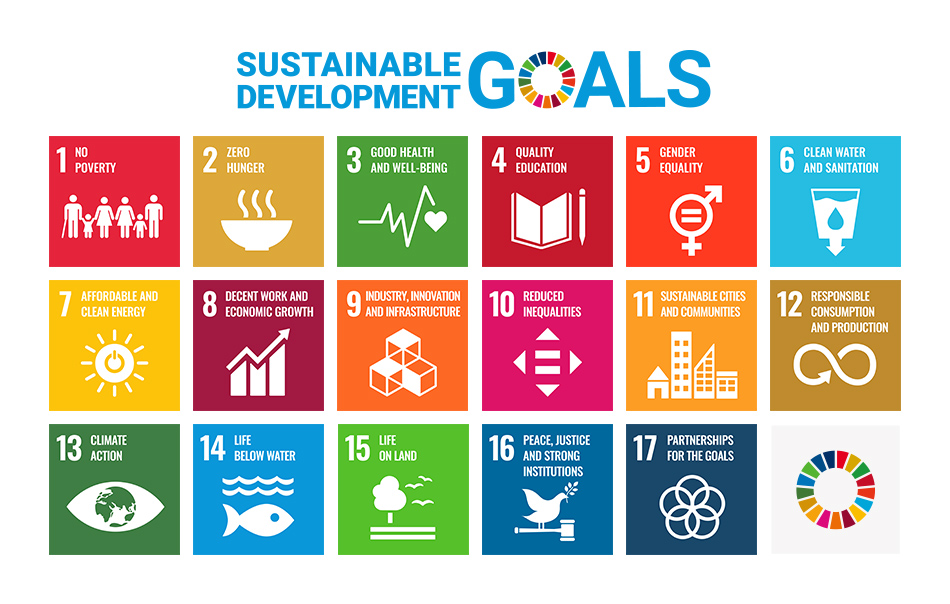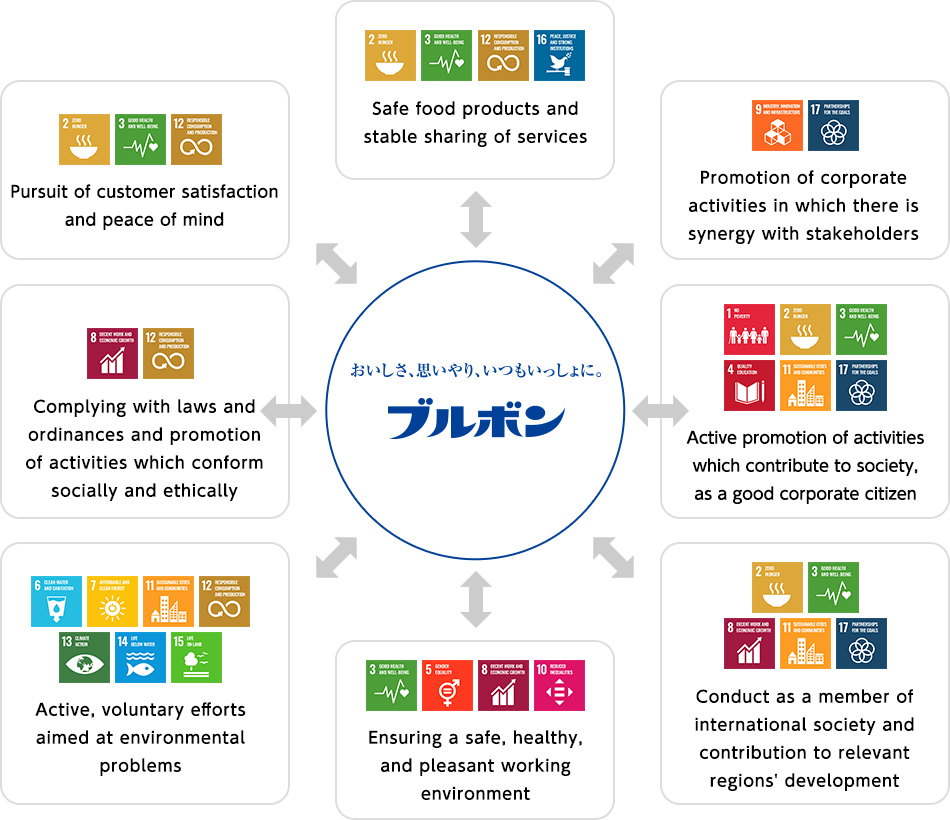Approach to a sustainable future
Approach to a sustainable future
After seeing the Great Kanto Earthquake of 1923 temporarily bring the supply of confectionery to areas away from Tokyo to a complete halt, our founder decided to establish a factory in Kashiwazaki-shi, Niigata in 1924 for the mass production of confectionery for those neglected areas.
Presently, we are deeply involved in promoting happy lifestyles for people via such measures as contributions to enriching lives and good health through the development, production, and sale of our confectionery, beverages, and food products. Further, we are engaged in activities aimed at becoming a comprehensive health promotion support company which designs a sustainable future society.
Further, we conduct ourselves properly so that we can fulfill our roles and duties as a member of society, and promote activities that contribute to society. We strive to conduct ourselves as a company which is legally and ethically responsible. We strive to create a workplace environment in which people’s dignity and value are recognized, and they can achieve a balance of high aspirations and a healthy spirit in the execution of their duties, and we endeavor to manage health so that employees are healthy in both mind and body, and are able to work with a purpose in life.
We contribute through these approaches, aiming for the 17 “Sustainable Development Goals (SDGs)” adopted by the 2015 United Nations summit. The United Nations wants the goals to be achieved by 2030.

Bourbon’s SDGs
This is an issue of great concern to our company’s seven “media” (stakeholders). We have raised eight issues that are the most important (materiality) to Bourbon’s business activities. Aiming toward the realization of a sustainable future society, we tackle these issues on a priority basis.
At that time, based on recent social demands such as the United Nations Sustainable Development Goals (SDGs) and the like, we make efforts so that solving our eight issues contributes to the 17 SDGs.

Value chain map
| Theme | Efforts | Related SDGs | |
|---|---|---|---|
| Planning/Design |
|
|
|
| Procurement |
|
|
|
| Production |
|
|
|
| Transportation |
|
|
|
| Sales |
|
|
|
| Consumption/Waste |
|
|
|
